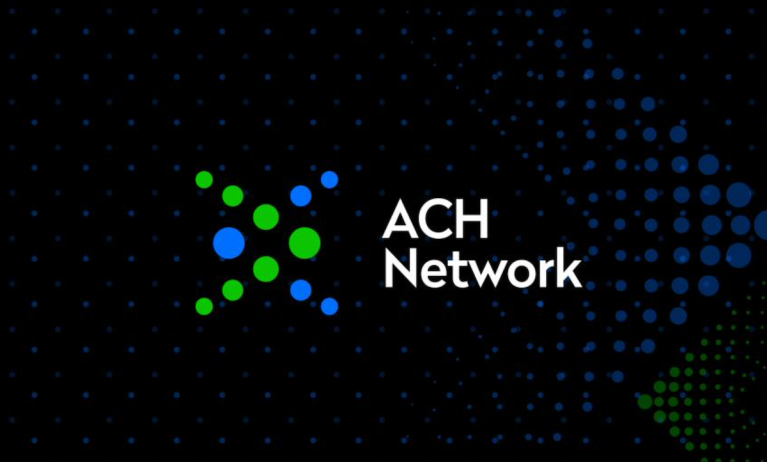ACH Network Payment Volume Climbs 20% in Q3

ACH Network parent company Nacha says it is reaping the benefit of increased B2B payments.
Continued adoption of same-day automated clearing house (ACH) payments and the rise in business-to-business (B2B) payments led the ACH Network to “robust results” in this year’s third quarter, Nacha said in a Tuesday (Oct. 17) news release.
According to the release, there were 212 million same day ACH payments with a total value of $608 billion, up a respective 20% and 27.1% since the third quarter of last year. So far this year, the network has handled more than 597 million Same Day ACH payments valued at $1.78 trillion, respective increases of 16% and 42.4% since this time in 2022.
“The ease and convenience of Same Day ACH has been embraced by the businesses and other organizations that use ACH,” Nacha President and CEO Jane Larimer said in the release. “The one million dollar limit and the three settlement times each business day make Same Day ACH a great choice for faster payments.”
The company says that B2B also remains a growth area for the ACH Network. B2B volume for the quarter was 1.7 billion payments, 9.6% increase from 2022’s third quarter.
“Total third quarter volume on the ACH Network was 7.8 billion payments, up 3% from the same time last year and 4.6% per processing day,” Nacha’s news release said. “The value of those payments was $19.7 trillion.”
In July, the company reported half-year earnings showing that the volume of same-day ACH payments was at 385.6 million, a 13.7% increase.
In an interview with PYMNTS earlier this week, The Clearing House CEO David Watson used ACH as an example of how businesses can still mix and match different payment rails for different transaction types depending on the use.
“Whether that’s the traditional ACH with a delayed settlement, whether it’s the real-time payment settlement, whether it’s even the card rails, there’s ‘different horses for courses,’” Watson told PYMNTS CEO Karen Webster.
However, the rails that are sufficient for some payments now might not make sense for that same transaction in a decade.
“The use cases in which consumers are most interested — instant wage access, P2P and even insurance payouts — demand real-time settlement,” PYMNTS wrote.
“Faster payments to merchants also demands real-time settlement. The certainty of knowing one can access the money right away will become ever more important. Those will be the trigger points of the future.”



